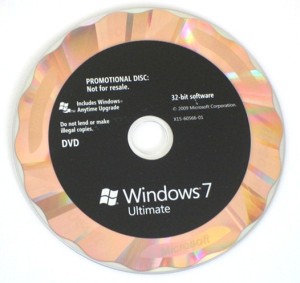Annual surveys are great to gauge the trends of users regarding different things. Specifically, to track the trends prevalent in the open source community and to discern the ideas and notions that are held dear by the open source community, annual surveys prove quite fruitful. A number of organization related to open source had earlier collaborated for a ‘ 2012 Future Of Open Source’ Survey and the results of this survey are out now.
Interestingly enough, this future of the open source survey has proved quite effective, in the past, to show where the world may go in terms of information technology. It has been able to correctly predict the inevitable era of cloud computing as well as the massive explosion of the mobile platform.
For the survey this year, some 740 persons were questioned and asked to respond to the questions of the survey. Out of these 740 respondents, 59% respondents were non-vendors, and rest were Open Source Software (OSS) vendors. The respondents encompass educators to CEOs.
A significant majority of the respondents, 62 percent to be precise, stated that more than half of the software they use are open source applications and platforms. Around one-third of the respondents said that their organization has reached more than 75% OSS deployments. It is expected that more than 50% of the purchased sofwares would be open source.
The survey also revealed that the adoption rate of the OSS has increased ( to 42%) in non-technical segments. In the enterprises the adoption rate stands at 40%. The automotive industry accounts for some major OSS adoptions. The adoption rate in the automotive sector now encompasses 59% of total deployments.
The reasons for using open source software, as recounted by the respondents, are the same that most of us consider when using open-source packages – the fact that such software is free from any vendor lock-ins, the fact that such software often costs less and that the quality of such software is better than other available alternatives.
However, the biggest barrier, for a common user, in using open source software has been identified as the unfamiliarity with open source solutions. Respondents have also complained that often there was no formal support offered for open-source software. Lack of internal technical skills has been identified as the third major barrier for OSS deployments.
The Open Source Survey had been successful in predicting the waves of the mobile app and the cloud. This year the survey predicts that the fields of data management (44%), health/medical/life sciences (23%) and financial services (12%) would be most impacted by OSS.
The survey also shows that th innovations in the OSS community have been directed primarily at cloud computing, which accounts for 40% of OSS innovations in newer projects, followed by mobile apps which attract 19% of such innovations and Mobile Enterprise with 15%.
The investment on open source software has also increased 49% in 2011 compared the 2010. The total investments in OSS was $674.9 million last year.
The open source software community has come a long way since inception. Currently in represents more than 600,000 projects, consists of more than 100 billion lines of code and accounts for 10 million person-years of work.
Source: SlideShare
Courtesy: Ostatic





The total investments in OSS was $674.9 million last year.